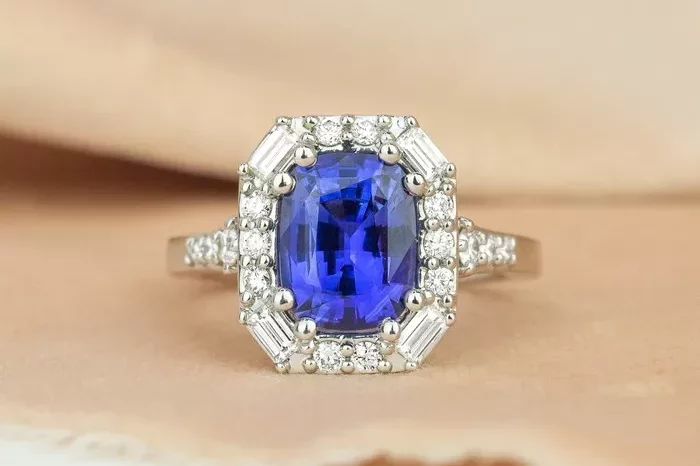Upon entering the Victoria and Albert Museum’s jewellery gallery, visitors are greeted by a stunning spiral of gemstones, arranged by hardness. This display highlights the beauty and variety of gems used by jewellers. However, the motivations behind the collection of these gems by their donor, Reverend Chauncy Hare Townshend, reveal much more.
Reading the small print on gallery labels often reveals the names of donors or collectors. Behind this dry information lies fascinating stories of generosity, scholarship, accidents, eccentricity, and pride.
Reverend Townshend led an enviable life. His Times obituary on April 7, 1868, described him as “a lover of art, and collector of rare judgment and exquisite taste. Every house in which he lived had, indeed, the interest of an art museum.” One of his hobbies was collecting gemstones, not only for their beauty but also due to his interest in mesmerism. This form of hypnotism, created by Dr. Franz Mesmer, was a blend of serious scientific inquiry and parlour trick. Townshend, like his friend Charles Dickens, was deeply interested in mesmerism, as well as table turning and spirit rapping.
In his 1840 book Facts in Mesmerism: With Reasons for a Dispassionate Inquiry into it, Townshend described his attempts to stimulate the “animal spirits” of his subjects, mostly young women, using gemstones. Unlike most mesmerists who used invisible energy beams, Townshend believed gemstones had their own innate qualities that could affect his subjects. He reported, “The diamond, when presented to the forehead of a sleepwalker, seemed inevitably to excite agreeable feelings; the opal had a soothing effect; the emerald gave a slightly unpleasing sensation; and the sapphire one that was positively painful.” One sleepwalker even loved the diamond so much she rubbed her forehead against it.
Townshend’s gem collection, once used for mesmerism, continues to bring aesthetic pleasure today.
Another name found on many of the rings in the gallery is Edmund Waterton. Unlike Townshend, Waterton’s collection was not a generous bequest. He bankrupted himself, partly due to his extravagant ring collecting. In 1871, his collection went straight from his pawnbroker to the museum galleries. Waterton aimed to create a miniature history of style and design through his collection, linking it to as many famous figures as possible.
His collecting was also a rejection of his father’s values. Charles Waterton, known as England’s first naturalist, was an eccentric figure. He was a devout Catholic and a collector of natural history specimens. While Edmund enjoyed luxury and fine jewels, Charles dressed so poorly he was mistaken for his own groundsman. Edmund financed his collection partly by opening his father’s nature reserve for hunting and fishing.
Lady Jane Cory’s motivation for collecting was pure love of jewellery. She entered society as one of the “lovely Lethbridge girls” and married Sir Clifford Cory, though the marriage was annulled after three months. Left with an independent income, Lady Cory collected and wore a lot of jewellery, often modifying historic pieces to make them more wearable. She first offered her collection to the V&A in 1918, saying, “Anything worthy of a museum ought to be in it.” Despite a lukewarm initial response, when she died in 1947, the museum received her bequest of all her diamond ornaments, jewellery, trinkets, and textiles.
At the time, the V&A was skeptical of 19th-century design and was less than enthusiastic about the gift. However, they accepted it, noting, “The jewellery presents a bit of a problem… though there are a lot of unimportant pieces, there is much of the best work of the period.” Among the pieces was a “trivial exception” – Catherine the Great’s diamond dress ornaments, rare survivors from the Tsarist court, now the centrepiece of the jewellery gallery.
Without collectors and donors like Townshend, Waterton, and Lady Cory, the museum’s galleries would lack much of their charm. Their contributions, driven by diverse motivations, add layers of history and intrigue to the collection.


